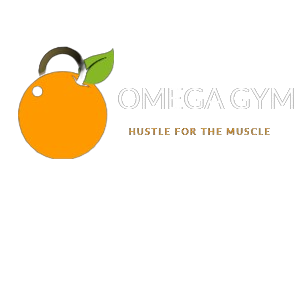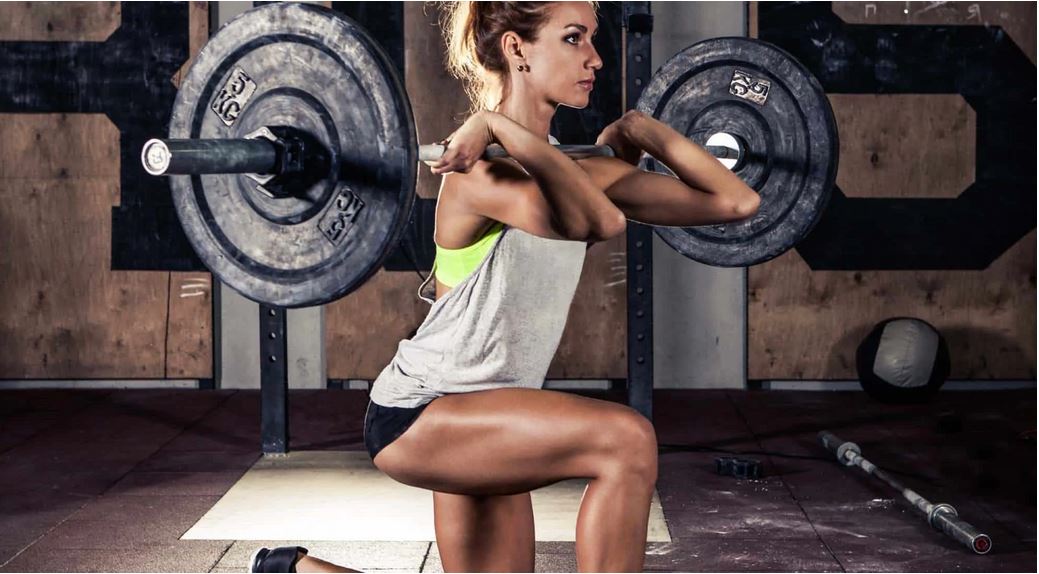At this point, there is still a ton to learn when it comes to calories burned after a workout.
With the way we are currently measuring it, it doesn’t look like a significant amount of calories are burned after a workout is completed.
There are a couple of isolated studies that show promise, but the bulk of research make it look less than what we have been led to believe.
In my opinion, relying on the “afterburn effect” is a gamble.

You might burn enough extra calories after the workout to get as lean as you desire…
…we just don’t know enough about it right now to bet on it.
With that in mind, how do you burn a lot of calories during your workout?
There are countless approaches, so I’ll just cover a few.
*Lifting weights for hours each day with no time limits.
The movie Pumping Iron is a prime example of this. Arnold and the bodybuilders back then lifted weights for 2+ hours per day.
These guys got lean without cardio or anything resembling MRT. The calorie burn was massive each day due to the crazy amount of volume.
*A large amount of work compressed into a shorter time-frame, by reducing rest periods.
For this approach to work best, I’d recommend sets to last around 40-60 seconds. This will ensure the lactic acid system gets worked…especially with short (30-40 second) rest periods.
This approach burns a lot of calories without cardio or HIIT.

*Working one muscle group while a different muscle group is recovering.
This is an even faster way to burn calories compared to simply shortening the rest periods between sets. This approach practically eliminates rest periods altogether and is the best if lack of time is an issue.
When lactic acid is clearing out of one muscle group, you are building it up in another. A steady flow of calorie burning for the entire time you are training.
A lot of these approaches will string together a few exercises back-to-back, followed by short rest periods.
This is probably what most people envision when hearing the term Metabolic Resistance Training.
* Strength training followed by HIIT.
This is my preferred method. It is also the method I teach in all of my new book "12 Weeks Physical Transformation Journey".
I like training for maximum tension and hard muscle contractions with each set and rep.
This creates dense, angular muscles without adding a lot of excess size. Great for men and women who want to get in exceptional shape while still fitting into stylish clothes (my specialty).
When rest is cut too short, the nervous system won’t be able to deliver maximum voltage to the muscle being worked on the following set.
Because of this…I prefer to spend 30-45 minutes doing low rep strength training with a lot of rest between sets, followed by 15-30 minutes of HIIT for calorie burn.
The downside to this is that workouts will take longer than time-compressed metabolic resistance training workouts. The upside is that you will gain strength and density better with my approach.

There are countless effective workout variations for fat loss.
This has been a pretty in-depth 5 part article.
I’d like to end it with a few guidelines…
Guidelines to Follow if Fat Loss is Your Goal.
- If workouts are short, you need to make sure intensity is high. It is best to push close to or above the Lactate Threshold for as much of the workout as possible. Metabolic Resistance Training circuits are probably your best bet in this case.
- If your workouts are focused on strength and density, add 15-20 minutes of HIIT afterward for calorie burn. This is the approach I use in all my courses because it allows you greater control of the look of individual muscle groups. This will take more time than a typical MRT workout.
- If you are trying to lose fat while building a bodybuilder style physique, make sure your sets last 40-60 seconds alternated with brief rest periods. This is a way of pushing the Lactate Threshold and burning calories while working the muscles hard. This will build (or at least maintain) muscle while burning body fat. No need to do cardio with this approach.
- If you prefer less intense workouts, you will have to increase the length of your workouts to burn the same amount of calories as a more intense workout. Walking at a moderately fast pace burns calories and will help you lose fat, but it burns less calories per minute than MRT. The less intense you train, the longer you will have to train.
- If you are training intensely, dieting hard, but still want to lose fat at a faster rate…you can always add in walking. Walking doesn’t burn a ton of calories per minute, but it is a way to burn extra calories without messing with your recovery. If time permits and you enjoy it, you can add it to any of the approaches suggested above.
This is not even close to an exhaustive list of fat loss approaches. I could outline out dozens of other scenarios for losing fat.
Also…
We still have much to learn when it comes to the Afterburn Effect.
The good news is we know that uncomfortable interval-style training burns a lot of calories…and is an efficient way to train.
It may or may not produce the a large amount of EPOC…
…but it does get the job done for burning calories to get lean.
I will add updates as more is discovered about the Afterburn Effect.
I’ll revisit this post every few months and add updates as needed.
Science still has a long way to go to figure out how many total calories are burned from various activities.
If we had everything figured out, there would be no need for research.
I’m excited to see what we learn over the next 10+ years.


